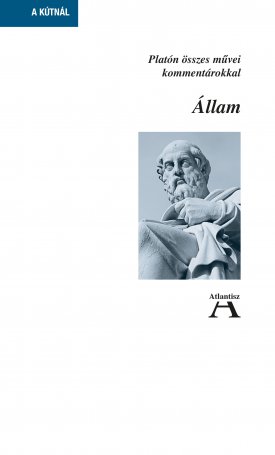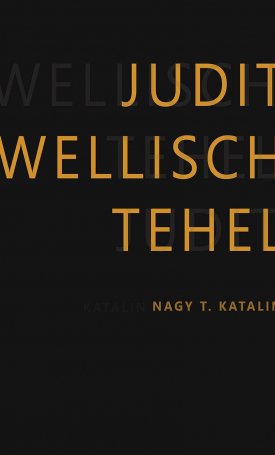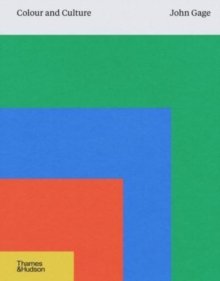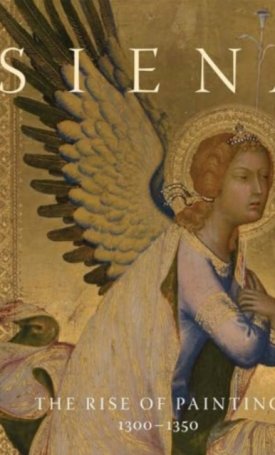Art and Architecture of Islam, 1250–1800
-10%
15 190 Ft
13 671 Ft
Preorder(You have to login)
Discounted prices are valid only for orders placed through our webshop.
Art and Architecture of Islam, 1250–1800
Conceived as a sequel to The Art and Architecture of Islam: 650-1250, by Richard Ettinghausen and Oleg Grabar, the book follows the general format of the first volume, with chronological and regional divisions and architecture treated separately from the other arts. The authors describe over two hundred works of Islamic art of this period and also investigate broader social and economic contexts, considering such topics as function, patronage, and meaning. They discuss, for example, how the universal caliphs of the first six centuries gave way to regional rulers and how, in this new world order, Iranian forms, techniques, and motifs played a dominant role in the artistic life of most of the Muslim world; the one exception was the Maghrib, an area protected from the full brunt of the Mongol invasions, where traditional models continued to inspire artists and patrons. By the sixteenth century, say the authors, the eastern Mediterranean under the Ottomans and the area of northern India under the Mughals had become more powerful, and the Iranian models of early Ottoman and Mughal art gradually gave way to distinct regional and imperial styles. The authors conclude with a provocative essay on the varied legacies of Islamic art in Europe and the Islamic lands in the nineteenth and twentieth centuries.
Publisher: Yale University Press
Series: Pelican History of Art
Category: Művészettörténet, Képzőművészet, Építészet
Series: Pelican History of Art
Category: Művészettörténet, Képzőművészet, Építészet


























